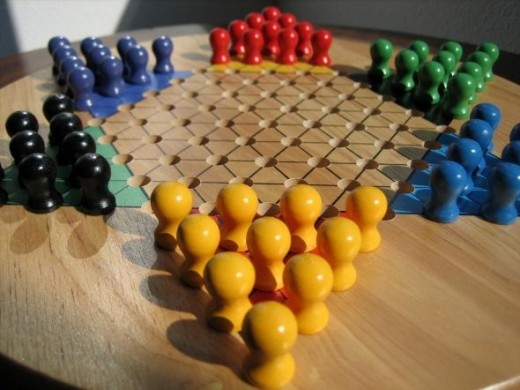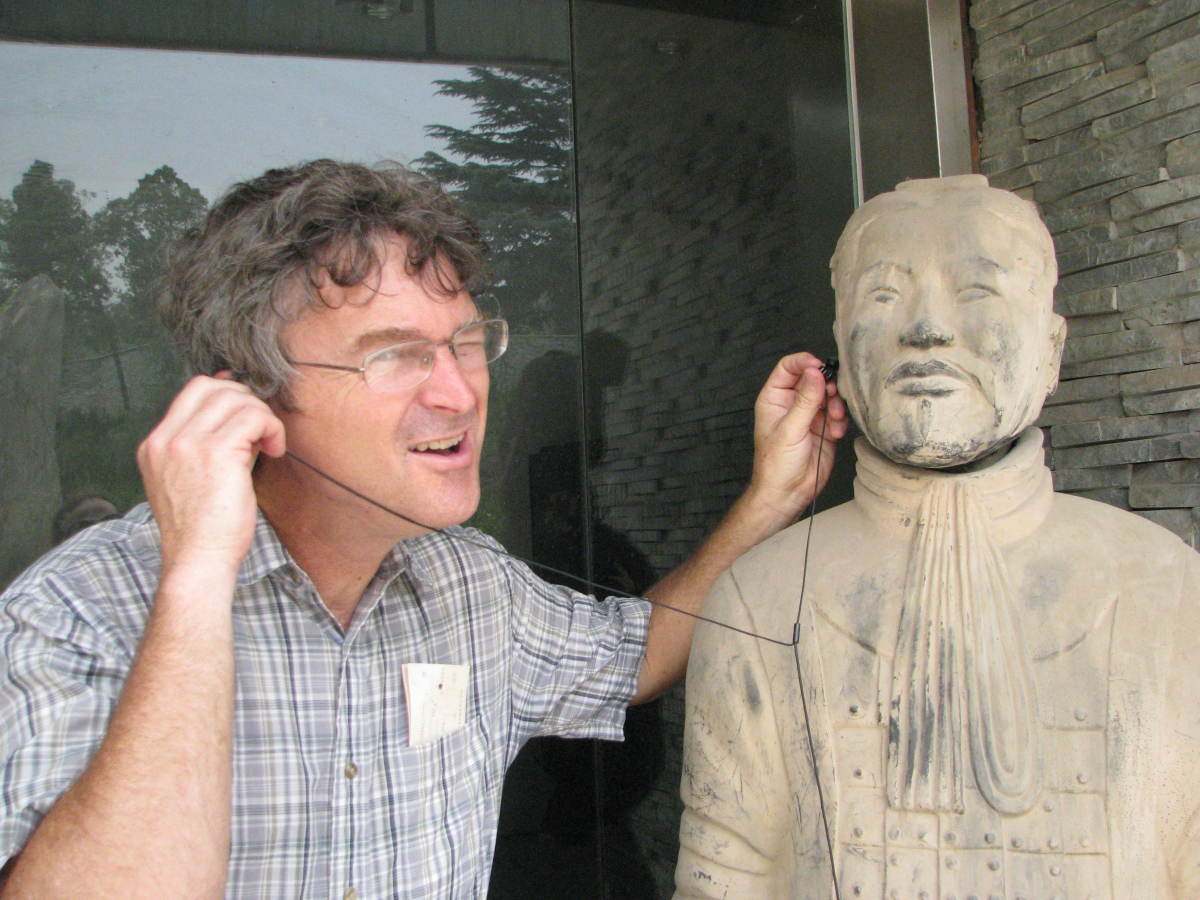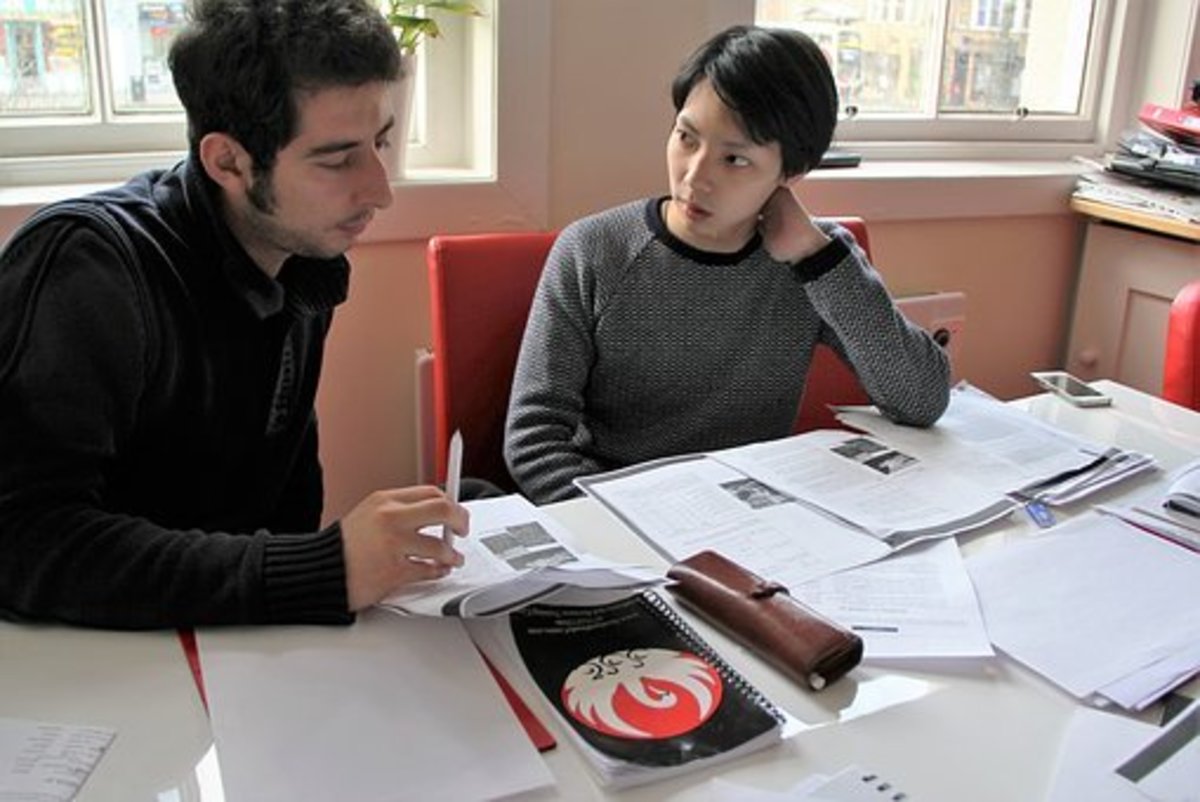Michel Thomas versus Pimsleur method - which is better

Is there any "easy" way to learn a foreign language ?
The world of foreign language learning is full of promises. Among those promises two words seem to be regularly repeated - "Easy" and "Fast". Recently "Fast" appears to have given way to "Instant" !
Think back to when you were a child - how long did it take you to converse reasonably in your native language ? It certainly wasn't instant ! However as a child much of our native language aquisition comes from hearing others speak, after all it takes us several more years to master written communication.
It is for this reason that I decided to use both Michel Thomas and Pimsleur as the basis for my study of Mandarin Chinese - they are both Audio courses.
Although entirely subjective I hope that my experiences are of some help and interest to those who are undecided which method to pursue - whatever the target language.
Overview

Most people's memories of language learning comes from their experience at school. When I was a school (back in nineteen hundred and frozen to death) languages were mainly taught through repetative drills whilst seated on uncomfortable chairs in cold and unwelcoming classrooms. Additionally, you could cut the the atmosphere of fear with a knife !
Neither Michel Thomas or Pimsleur methods require any repetative drills of verbs etc.
Additionally, both courses emphasise the need to be as comfortable as possible. When you are comfortable you are more relaxed and when you relax your brain is more receptive to new information. Dress comfortably, be seated comfortably, make your surroundings as comfortable as possible in every way (heating, lighting etc).
So begin by forgetting how you think foreign languages should be taught. This is how they are learnt !
The Michel Thomas method

The Michel Thomas method places you in a group with four other people:-
A Teacher, A Native Speaker, A Male and a Female student.
You play the role of the third student in the room.
The course begins with single words, then develops two and three word combinations, ultimately building up into what are quite complex sentences. Occasionally a point of Grammer is explained in the context of the sentence.
Ultimately the teacher guides, the native speaker demonstrates and, if neccessary corrects, and the students (including you) just relax and enjoy the journey. The general feeling is of being part of a small, intimate class.
When the teacher says "how would you say ........in Chinese ?" you pause the disk and say what you think is correct. The native speaker then says the correct answer. Don't worry if you got it wrong !
As each CD comes to an end so the next CD begins from the exact point the previous disk finished. There is no "intro" and "outro" except for the first CD in each set.
Eventually, if you listen and participate on a regular basis, when the teacher says "how would you say ........in Chinese", you do find the (Chinese) words apearing almost instantly in your mind as if from nowhere.
Try it for yourself - a free lesson is available here.
The Pimsleur Method

The Pimsleur Method begins each track on the CD with an introduction along the lines of "This is Pimsleur .......... Unit .....Lesson .....".
Then you are asked to listen to a short conversation between two native speakers (a man and a woman). This conversation actually takes place at what appears to be near native speed.
The conversation is then disected, word by word, with each new word being spoken twice by the native speaker before you are asked to repeat what they said.
Ultimately this builds up until you have repeated all of the new words encountered in the initial conversation.
Periodically, the narrator will ask "Do you remember the Chinese word for ......." (a word encountered either earlier in the lesson or during a previous lesson.
At the end of each CD track the narrator states "This is the end of Unit ......"
You can sample a lesson (free of charge) here.

Both methods - The similarities
Obviously, both methods are primarily audio based, although Michel Thomas does include a small booklet that covers the vocabulary. I found this quite helpful when I wanted to return to a particular word or sentence structure for further study.
Both methods include a similar spectrum of useful vocabulary. The idea being that you can actualy achieve a surprising amount with a small "core" vocabulary.
Both methods appear to be based around the the concept of the spacing effect. Modern research confirms this as a highly effective method of learning. It appears that the new neural pathways in the Brain are formed not when we first (or subsequently) hear a new word - but when we attempt to recall it.
In terms of cost I believe that both courses offer excellent value when compared to the expense (and extra time required) to attend lessons at a Community College.

Both methods - The differences
In my (humble) opinion the main difference is in the "feel" of the courses. Allow me to elaborate.
In the Michel Thomas course I felt as if I had stumbled by chance over a very small language class in a small, cosy, area of my local library. The teacher (Dr Harold Goodman) had invited me to join in and, occasionally, asked for my participation.
In the Pimsler course I felt as if I was walking about somewhere in China accompanied by an American Diplomat, we would occasionally stop, and deliberately overhear a conversation between two locals. As one of life's natural "Nosey Parkers" this did have a certain appeal !
The Michel Thomas course is slightly less structured insofar as there are no distinct "Lessons". Whereas Pimsleur leaves you in no doubt "This is Unit.....Lesson.....".
There was a time when my Chinese studies were limited to nightly segments of 10 to 15 minutes in the car whilst waiting for my wife at the station. Consequently I found the Michel Thomas course lent itself slightly better to this technique. When studying via the Pimsleur Method I found it prefereable (and more effective) to set aside the full 30 minutes required for each lesson.
Which is better - Michel Thomas or Pimsleur ?

So, which method is better - Michel Thomas or Pimsleur ?
The answer, in my humble opinion, is........
....well - it all depends !
The cosy atmosphere of Michel Thomas makes those first steps slightly less daunting. Whereas being immediately exposed to the near natural speed of speech used by Pimsleur might be slightly disconcerting for some learners.
However, by the time you have a couple of hours study under your belt using Michel Thomas, I believe Pimsleur can work very well indeed. It is just a slightly steeper initial leaning curve but the greater exposure to the language, at the speed it is spoken, is definitely worth the effort.
Ultimately, both methods compliment each other quite well.
Final Thoughts

In this lens I've given you my opinion. Personally I enjoy the Michel Thomas method lessons more but I feel that I have gained a better "ear" for spoken Chinese, and a slightly larger vocabulary, from The Pimsleur method.
I have been fortunate to have the opprtunity to test my ability by speaking some Mandarin in China. Although I have a very limited vocabulary, when I spoke Mandarin I was understood (I had absolutely no idea that Chicken's feet were a suitable food for vegans !).
Either or both methods could also be successful for you.
However do keep in mind that regular (ideally daily) study and practice is of as much importance as the study material.
So, ultimately, the key to your success lies with you !
Good luck
My recommendations - Don't procrastinate - Begin your language learning adventure today !
The journey of a thousand miles......begins with one small step.











